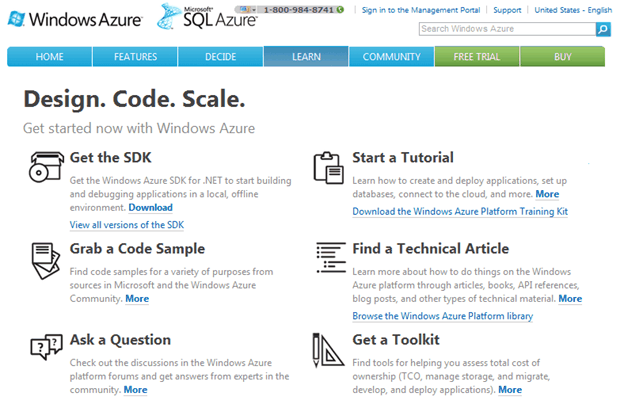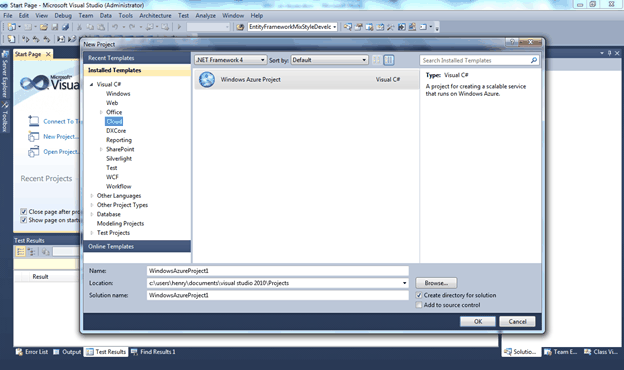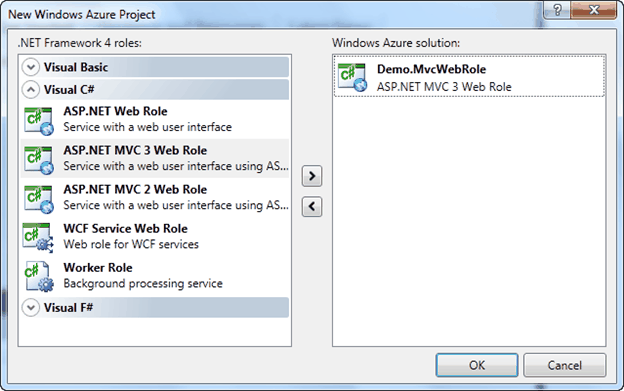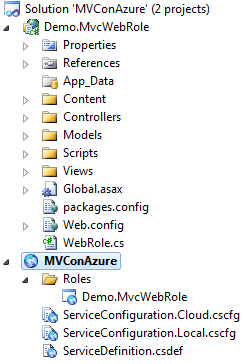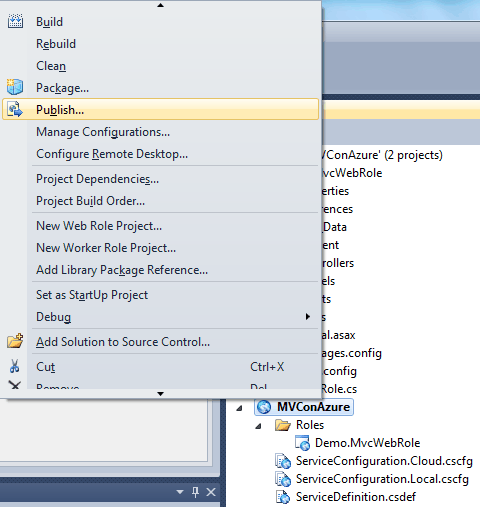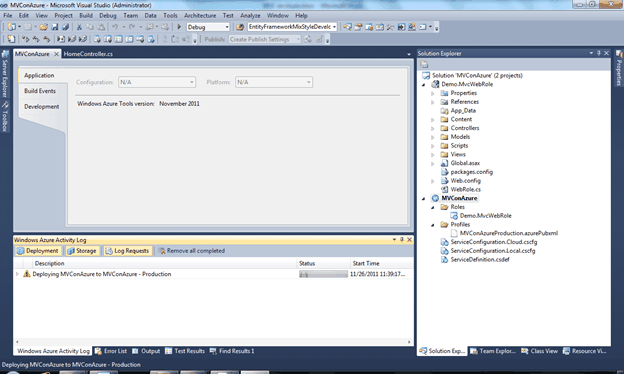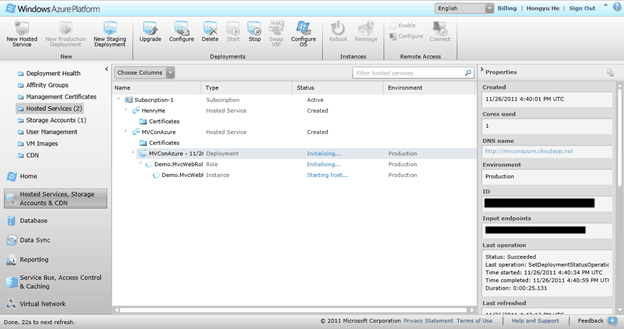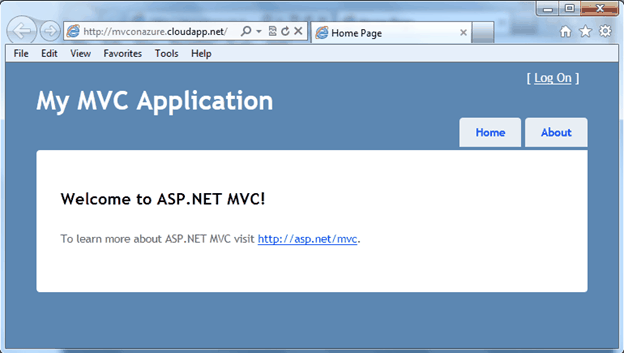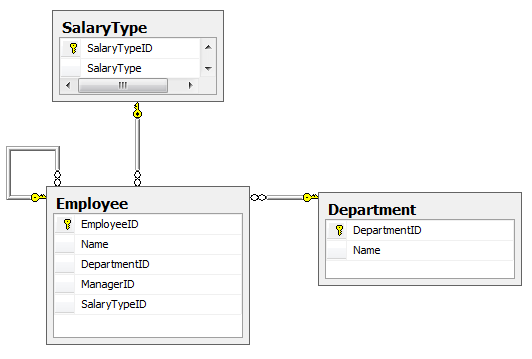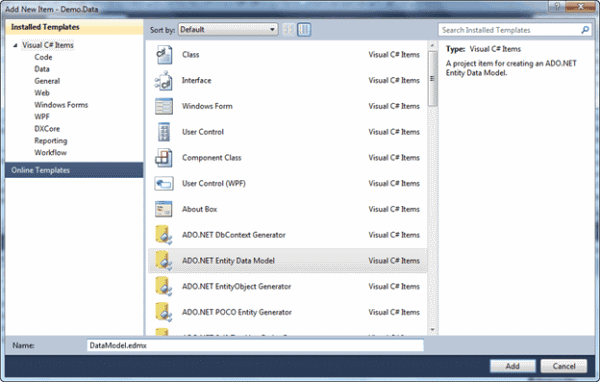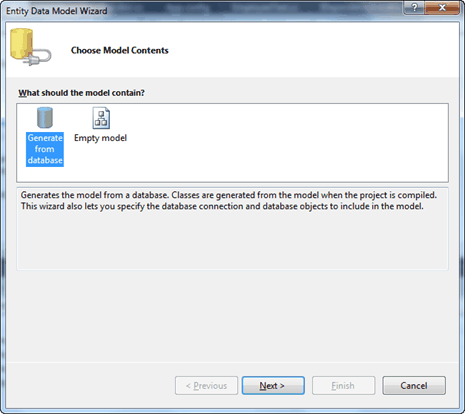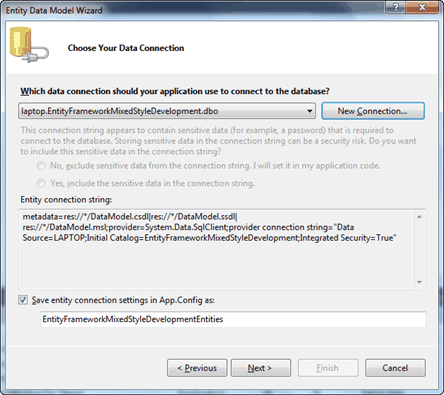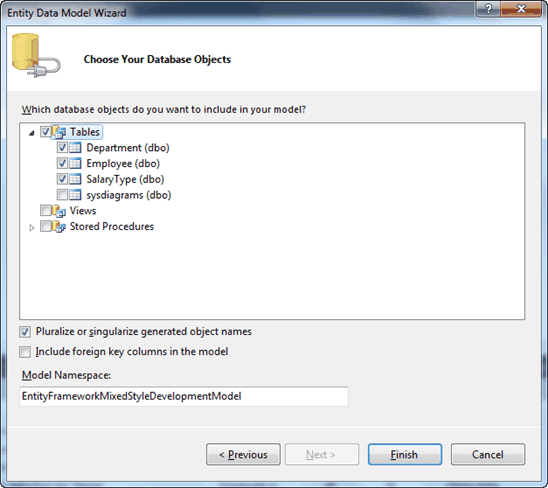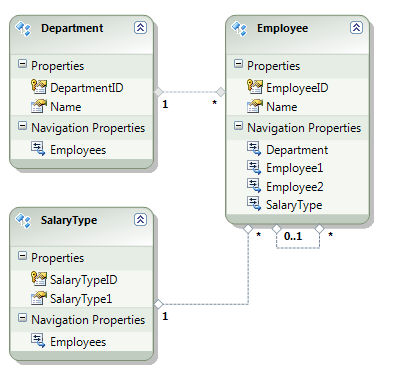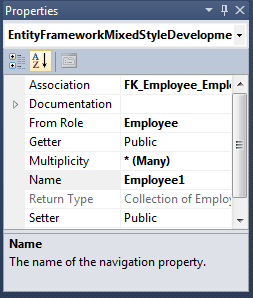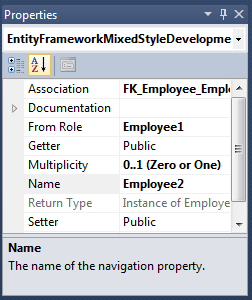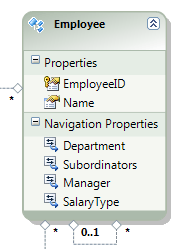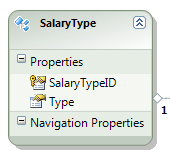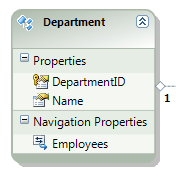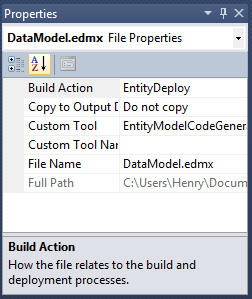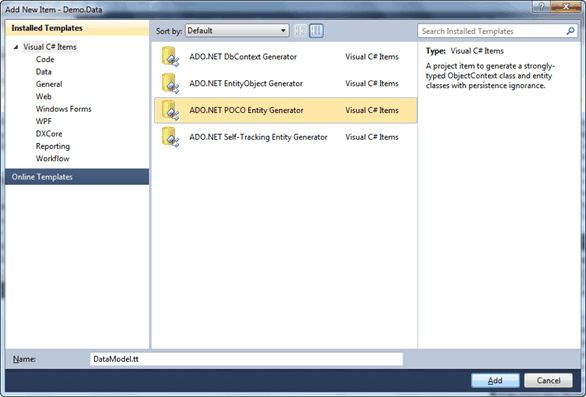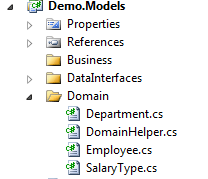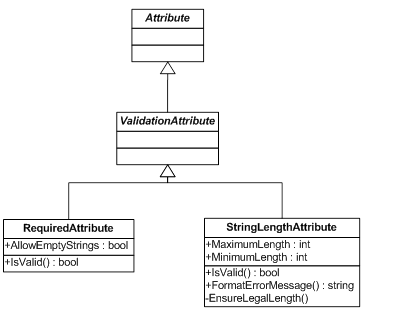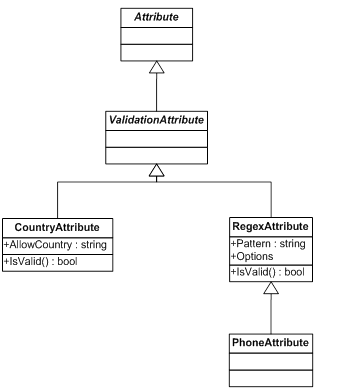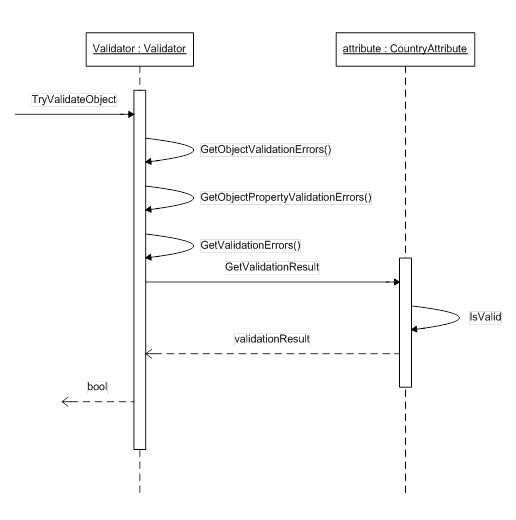Introduction
As the world largest online retailer, Amazon is also known as the pioneer of the cloud computing wave. It provides Amazon EC2 and S3 as first infrastructure-as-a-service (iaas). Some developers will think Amazon EC2 and S3 are Amazon’s Cloud Computing platform. Actually it is just two of products in Amazon cloud computing solution – Amazon Web Services. In this article, I will show all the cloud products in Amazon web service family to let developers have a big picture of Amazon cloud computing solution, so developers can build application to run on cloud.
History of Amazon Could Computing
A decade ago, Amazon rose as one of the first online retailer. In order to provide highly reliable and scalable web site for shopper around the world, Amazon built many large data centers in US and around the world. Therefore, it accumulates a lot of experience on building, managing, and expanding data centers. After virtualization technology become maturate, dynamically creating, assigning, updating, and removing virtual server are possible, Amazon utilizes the virtualization technology to rebuild its infrastructure for itself, and also opens up as cloud computing service to external companies and developers.
August 25, 2006, Amazon announced a limited public beta of EC2. Access to EC2 was granted on a first come first served basis.
October 16, 2007, Amazon added two new instance types, large and extra-large.
May 29, 2008, Amazon added two more instance types, high-CPU medium and high-CPU extra-large.
March 27, 2008, Amazon added three new features. These features included static IP addresses, availability zones and user selectable kernels.
August 20, 2008, Amazon added Elastic Block Store (EBS).
October 23, 2008, Amazon EC2 beta label is dropped. It is moved to production stage. At the same day, Amazon announced other new features: a service level agreement for EC2, Microsoft Windows in beta form on EC2, Microsoft SQL Server in beta form on EC2.
May 18, 2009, Amazon added AWS management console, load balancing, auto-scaling, and cloud monitoring services.
December 2010, Amazon offers a bundle of free resource credits to new account holders. The credits are designed to run a “micro” sized server for one year. Charges are applied on demand so the credit need not be used in the first month.
August 25, 2006, Amazon announced a limited public beta of EC2. Access to EC2 was granted on a first come first served basis.
October 16, 2007, Amazon added two new instance types, large and extra-large.
May 29, 2008, Amazon added two more instance types, high-CPU medium and high-CPU extra-large.
March 27, 2008, Amazon added three new features. These features included static IP addresses, availability zones and user selectable kernels.
August 20, 2008, Amazon added Elastic Block Store (EBS).
October 23, 2008, Amazon EC2 beta label is dropped. It is moved to production stage. At the same day, Amazon announced other new features: a service level agreement for EC2, Microsoft Windows in beta form on EC2, Microsoft SQL Server in beta form on EC2.
May 18, 2009, Amazon added AWS management console, load balancing, auto-scaling, and cloud monitoring services.
December 2010, Amazon offers a bundle of free resource credits to new account holders. The credits are designed to run a “micro” sized server for one year. Charges are applied on demand so the credit need not be used in the first month.
Amazon Web Services Detail
There are many types of cloud products in Amazon Web Services. It includes Compute, Content Deliver, Database, Deployment & Management, E-Commerce, Messaging, Monitoring, Networking, Payments & Billing, Storage, Support, Web Traffic, and Workforce.
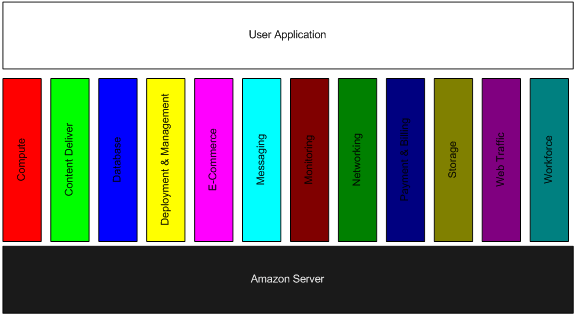
Compute
The Compute category is the core category of Amazon Web Services. It contains products to allow developers use amazon’s computing power to run application or web site, such as running web application in Amazon’s EC2. There are three products in this category, Amazon Elastic Compute Cloud (EC2), Amazon Elastic MapReduce, and Auto Scaling.
Amazon Elastic Compute Cloud (EC2) – it delivers scalable, pay-as-you-go compute capacity in the cloud.
Amazon Elastic MapReduce – it is a web service that enables businesses, researchers, data analysts, and developers to easily and cost-effectively process vast amounts of data.
Auto Scaling – it allows you to automatically scale your Amazon EC2 capacity up or down according to conditions you define.
Amazon Elastic Compute Cloud (EC2) – it delivers scalable, pay-as-you-go compute capacity in the cloud.
Amazon Elastic MapReduce – it is a web service that enables businesses, researchers, data analysts, and developers to easily and cost-effectively process vast amounts of data.
Auto Scaling – it allows you to automatically scale your Amazon EC2 capacity up or down according to conditions you define.
Content Delivery
This category contains products that can help delivering content to users. There is only one product in this category, Amazon CloudFront.
Amazon CloudFront – it is a web service that makes it easy to distribute content with low latency via a global network of edge locations.
Amazon CloudFront – it is a web service that makes it easy to distribute content with low latency via a global network of edge locations.
Database
This category contains products that can store user data temporarily or permanently in the cloud. There are three products here, Amazon SimpleDB, Amazon Relational Database Service (RDS), and Amazon ElastiCache.
Amazon SimpleDB – it works in conjunction with Amazon S3 and Amazon EC2 to run queries on structured data in real time.
Amazon Relational Database Service (RDS) – it is a web service that makes it easy to set up, operate, and scale a relational database in the cloud.
Amazon ElastiCache – it is a web service that makes it easy to deploy, operate, and scale an in-memory cache in the cloud.
Amazon SimpleDB – it works in conjunction with Amazon S3 and Amazon EC2 to run queries on structured data in real time.
Amazon Relational Database Service (RDS) – it is a web service that makes it easy to set up, operate, and scale a relational database in the cloud.
Amazon ElastiCache – it is a web service that makes it easy to deploy, operate, and scale an in-memory cache in the cloud.
Deployment & Management
This category contains products that can help developers to deploy their application into cloud and manage their application. There are two products here, AWS Elastic Beanstalk and AWS CloudFormation.
AWS Elastic Beanstalk – it is an even easier way to quickly deploy and manage applications in the AWS cloud. You simply upload your application, and Elastic Beanstalk automatically handles the deployment details of capacity provisioning, load balancing, auto-scaling, and application health monitoring.
AWS CloudFormation – AWS CloudFormation is a service that gives developers and businesses an easy way to create a collection of related AWS resources and provision them in an orderly and predictable fashion.
AWS Elastic Beanstalk – it is an even easier way to quickly deploy and manage applications in the AWS cloud. You simply upload your application, and Elastic Beanstalk automatically handles the deployment details of capacity provisioning, load balancing, auto-scaling, and application health monitoring.
AWS CloudFormation – AWS CloudFormation is a service that gives developers and businesses an easy way to create a collection of related AWS resources and provision them in an orderly and predictable fashion.
E-Commerce
This category contains products that are for building e-commerce application. There is only one product here, Amazon Fulfillment Web Service.
Amazon Fulfillment Web Service (FWS) – it allows merchants to deliver products using Amazon.com’s worldwide fulfillment capabilities.
Amazon Fulfillment Web Service (FWS) – it allows merchants to deliver products using Amazon.com’s worldwide fulfillment capabilities.
Messaging
This category contains products for sending and receiving messages. There are three products here, Amazon Simple Queue Service (SQS), Amazon Simple Notification Service (SNS), and Amazon Simple Email Service (SES).
Amazon Simple Queue Service (SQS) – it provides a hosted queue for storing messages as they travel between computers, making it easy to build automated workflow between Web services.
Amazon Simple Notification Service (SNS) – it is a web service that makes it easy to set up, operate, and send notifications from the cloud.
Amazon Simple Email Service (SES) – it is a highly scalable and cost-effective bulk and transactional email-sending service for the cloud.
Amazon Simple Queue Service (SQS) – it provides a hosted queue for storing messages as they travel between computers, making it easy to build automated workflow between Web services.
Amazon Simple Notification Service (SNS) – it is a web service that makes it easy to set up, operate, and send notifications from the cloud.
Amazon Simple Email Service (SES) – it is a highly scalable and cost-effective bulk and transactional email-sending service for the cloud.
Monitoring
This category contains products that provide information of how your resources are used. There is only one product here, Amazon CloudWatch.
Amazon CloudWatch – it is a web service that provides monitoring for AWS could resources, starting with Amazon EC2.
Amazon CloudWatch – it is a web service that provides monitoring for AWS could resources, starting with Amazon EC2.
Networking
This category contains products that can be used to build a virtual network. There are four products here, Amazon Route 53, Amazon Virtual Private Cloud (VPC), AWS Direct Connect, and Elastic Load Balancing.
Amazon Route 53 – it is a highly available and scalable Domain Name System (DNS) web service.
Amazon Virtual Private Cloud (VPC) – it lets you provision a private, isolated section of the Amazon Web Services (AWS) Cloud where you can launch AWS resources in a virtual network that you define. With Amazon VPC, you can define a virtual network topology that closely resembles a traditional network that you might operate in your own datacenter.
AWS Direct Connect – it makes it easy to establish a dedicated network connection from your premise to AWS, which in many cases can reduce your network costs, increase bandwidth throughput, and provide a more consistent network experience than Internet-based connections.
Elastic Load Balancing – it automatically distributes incoming application traffic across multiple Amazon EC2 instances.
Amazon Route 53 – it is a highly available and scalable Domain Name System (DNS) web service.
Amazon Virtual Private Cloud (VPC) – it lets you provision a private, isolated section of the Amazon Web Services (AWS) Cloud where you can launch AWS resources in a virtual network that you define. With Amazon VPC, you can define a virtual network topology that closely resembles a traditional network that you might operate in your own datacenter.
AWS Direct Connect – it makes it easy to establish a dedicated network connection from your premise to AWS, which in many cases can reduce your network costs, increase bandwidth throughput, and provide a more consistent network experience than Internet-based connections.
Elastic Load Balancing – it automatically distributes incoming application traffic across multiple Amazon EC2 instances.
Payments & Billing
This category contains products that can add payment function in your cloud based application. There are two products here, Amazon Flexible Payment Service (FPS) and Amazon DevPay.
Amazon Flexible Payment Service (FPS) – it facilitates the digital transfer of money between any two entities, humans or computers.
Amazon DevPay – it is a billing and account management service which enables developers to collect payment for their AWS applications.
Amazon Flexible Payment Service (FPS) – it facilitates the digital transfer of money between any two entities, humans or computers.
Amazon DevPay – it is a billing and account management service which enables developers to collect payment for their AWS applications.
Storage
This category contains products that are used to store unstructured data. This is different with Database category. There are three products here, Amazon Simple Storage Service (S3), Amazon Elastic Block Store (EBS), and AWS Import/Export.
Amazon Simple Storage Service – Amazon Simple Storage Service provides a fully redundant data storage infrastructure for storing and retrieving any amount of data, at any time, from anywhere on the Web.
Amazon Elastic Block Store (EBS) – it provides block level storage volumes for use with Amazon EC2 instances. Amazon EBS volumes are off-instance storage that persists independently from the life of an instance.
AWS Import/Export – it accelerates moving large amounts of data into and out of AWS using portable storage devices for transport.
Amazon Simple Storage Service – Amazon Simple Storage Service provides a fully redundant data storage infrastructure for storing and retrieving any amount of data, at any time, from anywhere on the Web.
Amazon Elastic Block Store (EBS) – it provides block level storage volumes for use with Amazon EC2 instances. Amazon EBS volumes are off-instance storage that persists independently from the life of an instance.
AWS Import/Export – it accelerates moving large amounts of data into and out of AWS using portable storage devices for transport.
Support
This category contains products that can be used to get support from Amazon. There is only one product in this category, AWS Premium Support.
AWS Premium Support – it is a one-on-one, fast-response support channel to help you build and run applications on AWS Infrastructure Services.
AWS Premium Support – it is a one-on-one, fast-response support channel to help you build and run applications on AWS Infrastructure Services.
Web Traffic
This category contains products that can help developer to get website traffic statistics. There are two products in this category, Alexa Web Information Service and Alexa Top Sites.
Alexa Web Information Service – it makes Alexa’s huge repository of data about structure and traffic patterns on the Web available to developers.
Alexa Top Sites – it exposes global website traffic data as it is continuously collected and updated by Alexa Traffic Rank.
Alexa Web Information Service – it makes Alexa’s huge repository of data about structure and traffic patterns on the Web available to developers.
Alexa Top Sites – it exposes global website traffic data as it is continuously collected and updated by Alexa Traffic Rank.
Workforce
This category contains products that allow companies to award work to developers and let developers to find work from companies. There is only one product in this category, Amazon Mechanical Turk.
Amazon Mechanical Turk – it enables companies to access thousands of global workers on demand and programmatically integrate their work into various business processes.
Amazon Mechanical Turk – it enables companies to access thousands of global workers on demand and programmatically integrate their work into various business processes.
Netflix
It’s interesting to know we are using services on Amazon cloud every day without notice it. Netflix streaming service is built on top of Amazon cloud platform. It let Amazon to provide a reliable infrastructure, so Netflix can focus on building and improving its business. By using Amazon cloud service, Netflix can easily deal with the increase demanding of their movie services.
